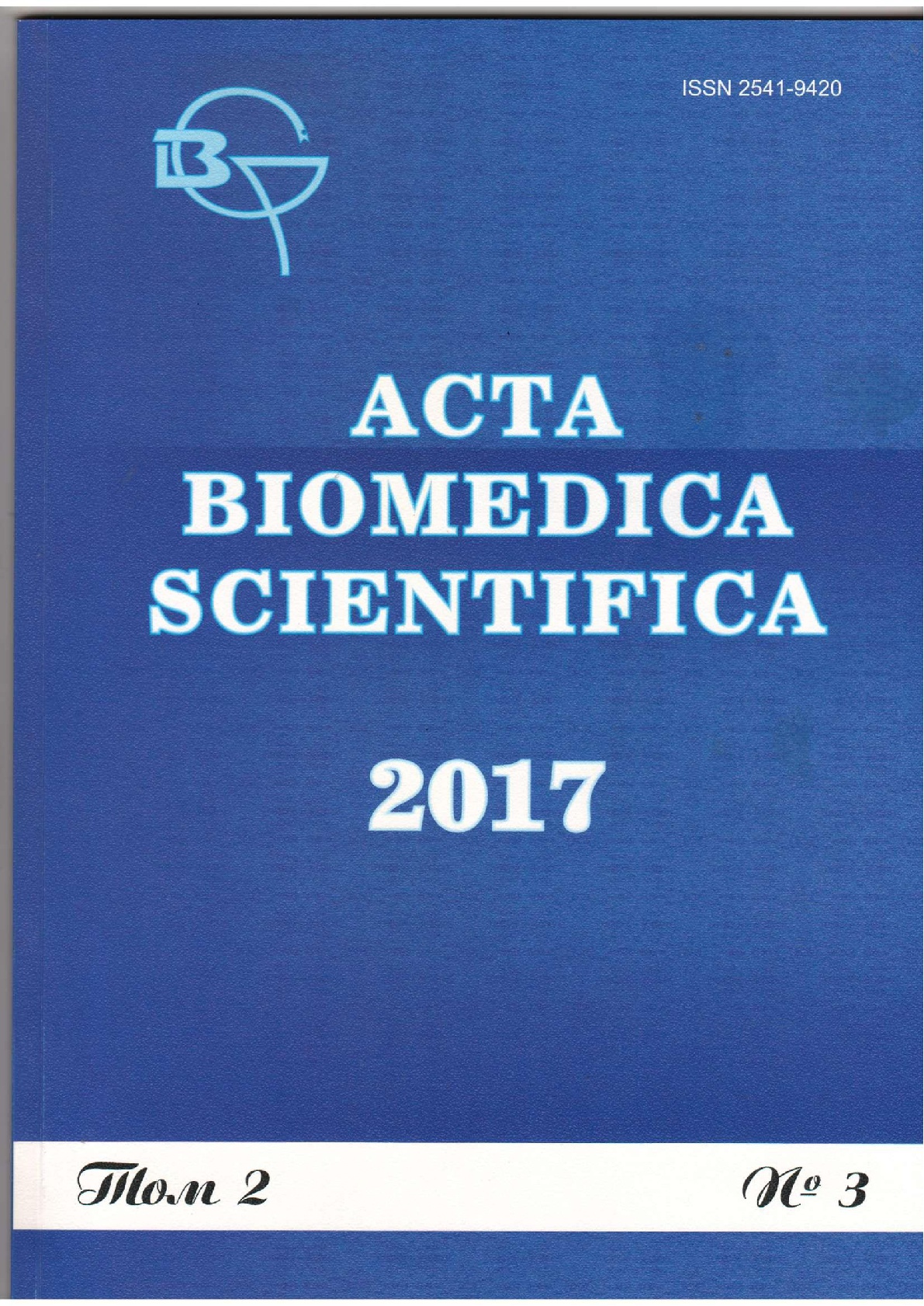Irkutsk, Irkutsk region, Russian Federation
Irkutsk, Irkutsk region, Russian Federation
Irkutsk, Irkutsk region, Russian Federation
Irkutsk, Irkutsk region, Russian Federation
Background. Polycystic ovary syndrome (PCOS) is one of the most common endocrine disorders, affecting 5–10 % of reproductive-aged women. The dermatologic manifestations of PCOS play a significant role in diagnosis. The purpose of the present study was to examine the impact of androgenic alopecia among patients with PCOS and to define their most significant trichological features. Because the data on dermatologic changes associated with PCOS are rather scarce, the present study was designed to determine the incidence and prevalence of androgenic alopecia. Materials and methods. We conducted a prospective observational study of patients with PCOS. The diagnosis of PCOS was made according to the consensus criteria adopted in May 2003 in Rotterdam. Each patient signed informed consent, and then a general physical examination, systemic examination, breast and pelvic examination, as well as a detailed trichological examination were carried out. Results. Twenty women with PCOS participated in the study. The median age was 28.7 ± 6.2 years. Oligo/anovulation frequency was 63.2 %, hirsutism frequency – 68.4 %. In our study, the prevalence of androgenic alopecia was found to be 30 %, telogenic hair loss – 55 %, absence of alopecia signs in 15 % of cases. Conclusions. Androgenic alopecia is a prevalent but unreliable marker of biochemical hyperandrogenism. It is therefore imperative for the treating physicians to understand the adverse effects associated with PCOS, recognize these potential health risks in patients, and treat them accordingly.
alopecia, androgenetic alopecia, dermatoscopy, patterned hair loss, polycystic ovary syndrome
1. Spislit trihologicheskie osobennosti





